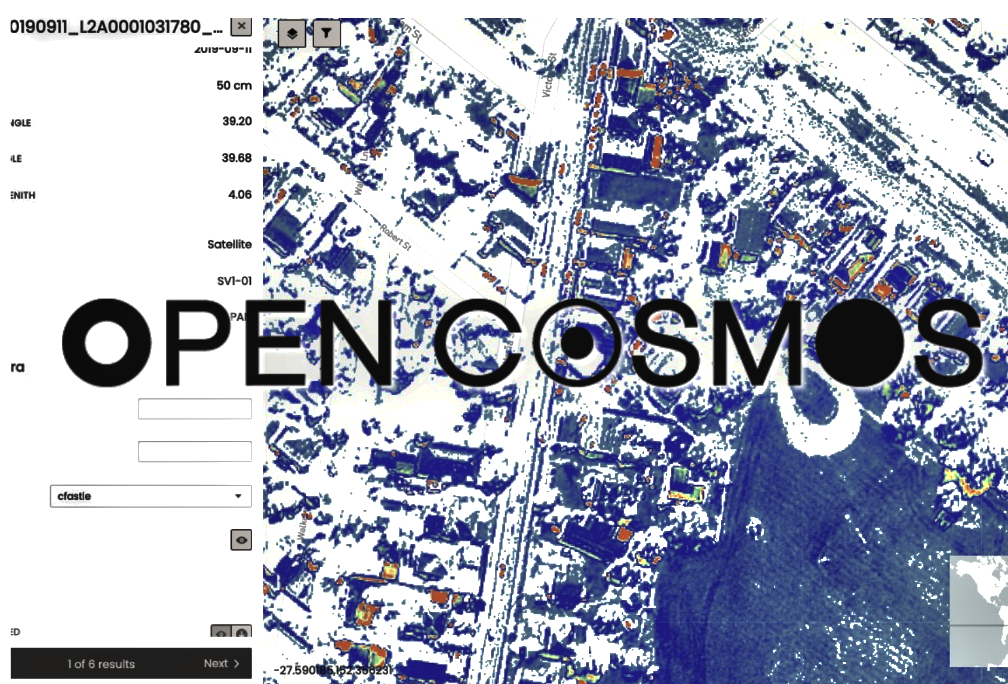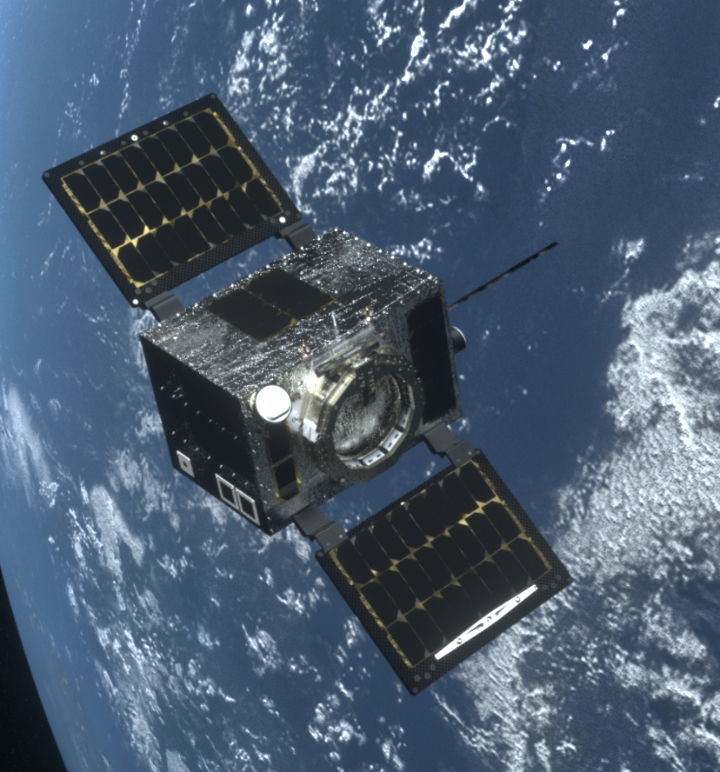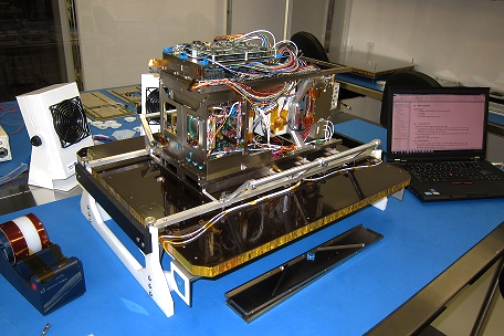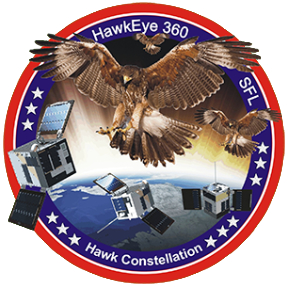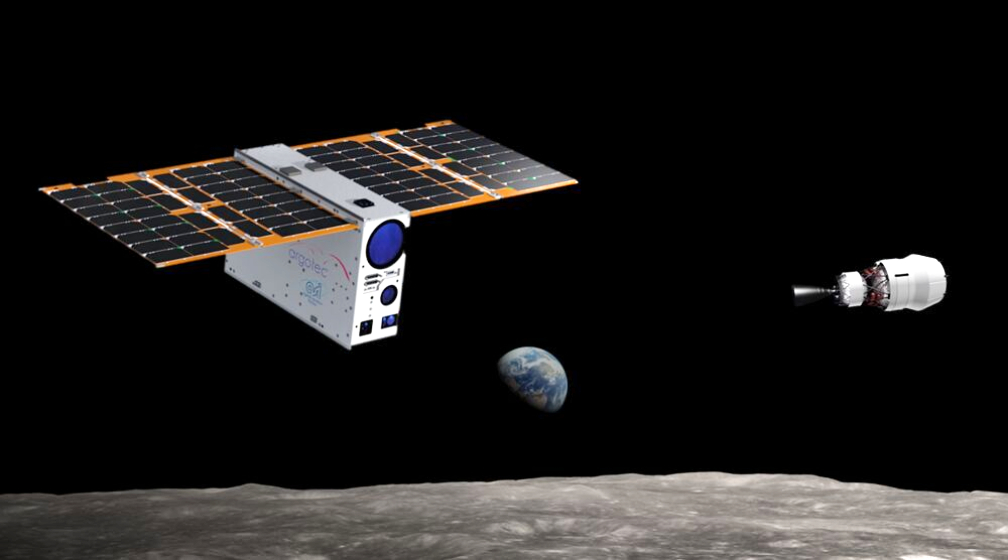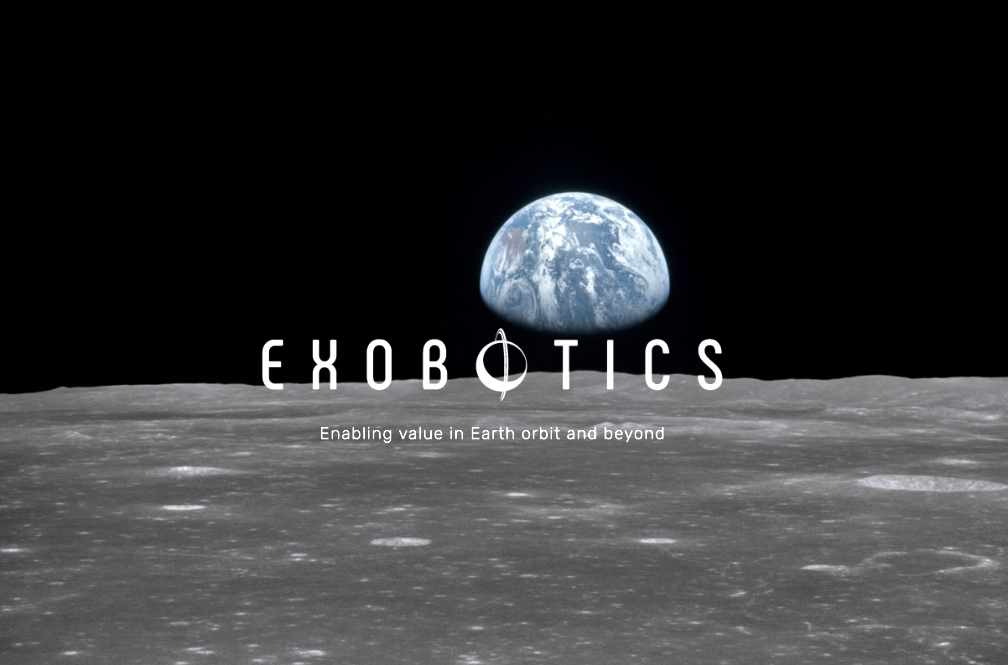
Exobotics has won a multi-million-pound customer contract from advanced materials specialist Quantum Generative Materials (GenMat) to construct a high-precision, remote sensing, prospecting satellite.
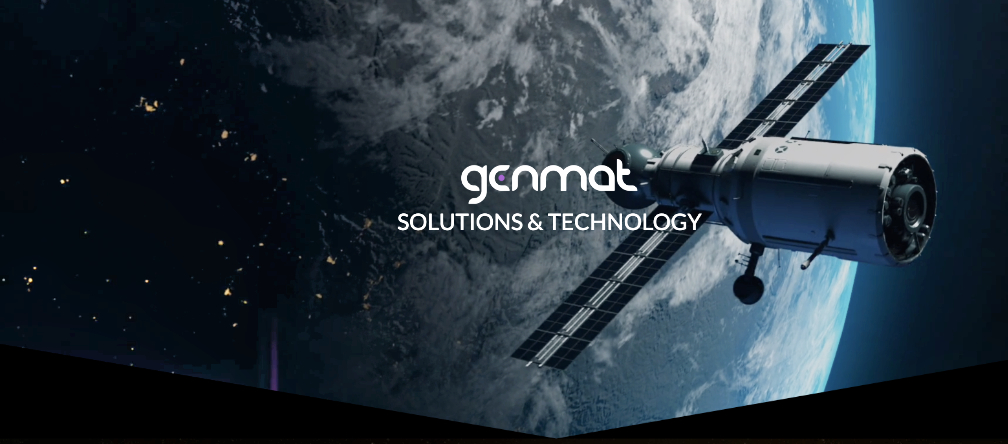
Exobotics will design, manufacture, and test a cubesat platform with a hyperspectral imaging payload to allow GenMat to canvas the natural environment anywhere on the planet. The GenMat technology locates minerals in untapped locations which will play a critical role in creating a novel circular ecosystem of advanced materials, such as semiconductors. This will form the first of GenMat’s constellations, which they say could reach up to 600 satellites to cover every inch of the Earth.
The satellite will be capable of identifying rich areas of resources and mineralization zones in previously under-used locations. Research from the International Energy Agency estimates that China controls over 71 percent of the world’s extraction and 87 percent of the world’s processing capacity of rare earths. With this satellite, GenMat aim to begin boosting material detection and extraction in other regions of the world, supporting national and regional economies.
GenMat will apply their machine learning and AI algorithms to the space data collected by the satellite in order to provide customers in the mining and agricultural industries with high-precision prospecting information of a target site location for advanced materials.
The hyperspectral imager, produced by Simera Sense, will be capable of high-resolution imaging at less than 5 meters per pixel in the 450 to 900nm range, with a payload support system to enable imaging with high-speed radios in S- and X-bands. This technology will lay the groundwork for the quantum sensing space roadmap.
With the project underway, Exobotics will oversee the end-to-end production of the smallsat platform in their London engineering labs, which is set to launch later this year by SpaceX aboard a Falcon 9 rocket.
Nadeem Gabbani, Founder of Exobotics, said, “We are delighted to be manufacturing GenMat’s high-precision prospecting satellite to help provide unique insights of advanced materials in the natural environment across the globe. Space data has a variety of under-explored applications which can greatly benefit industries such as mining, and we are excited to break down the barriers to entry to space for our customers in order to help them launch innovative solutions to macro issues. A key barrier for businesses outside of the industry is the length of time required to get into space. This project is being carried out through our fast-track program which will help GenMat to go from concept to launch in under 12 months, providing fast access to space.”
Deep Prasad, Founder & CEO of GenMat, said, “GenMat is developing products that are vitally important for creating sustainable technology infrastructures, both on Earth, and in Space Exploration. While we are building an AI that informs the production of advanced materials such as semiconductors, we also believe in the significance that our sensors play for the next generation of advancements in the agricultural, mining and defence sectors.”
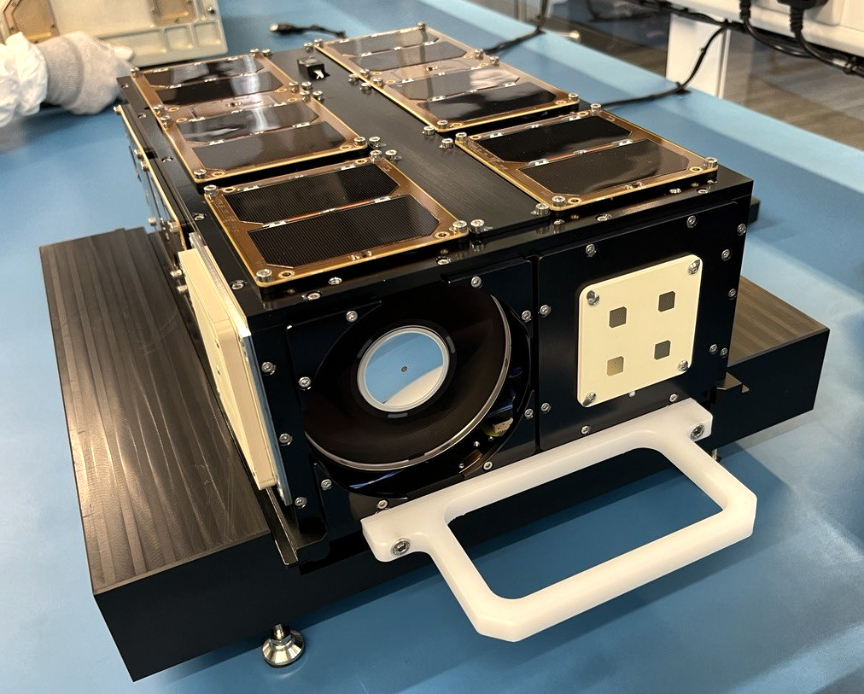

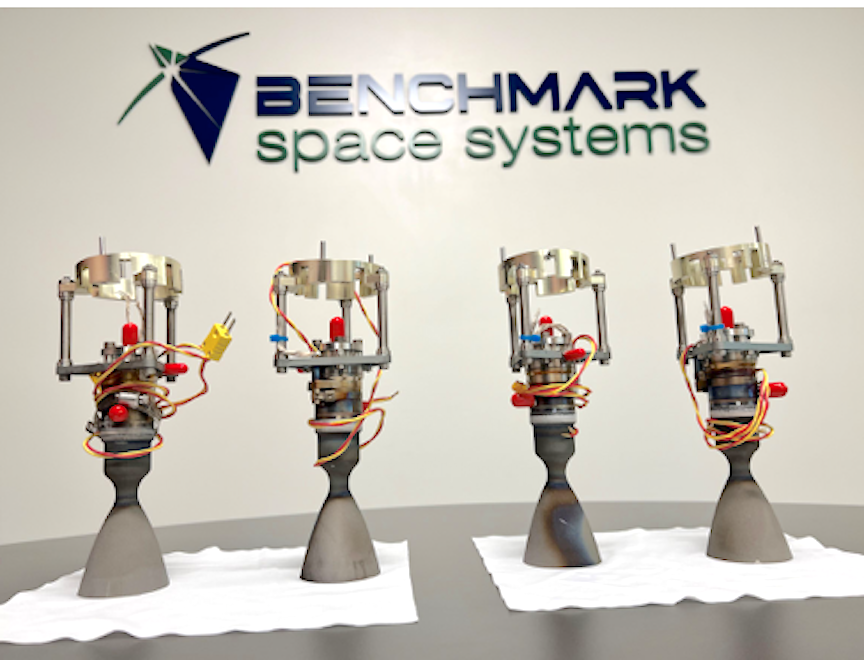
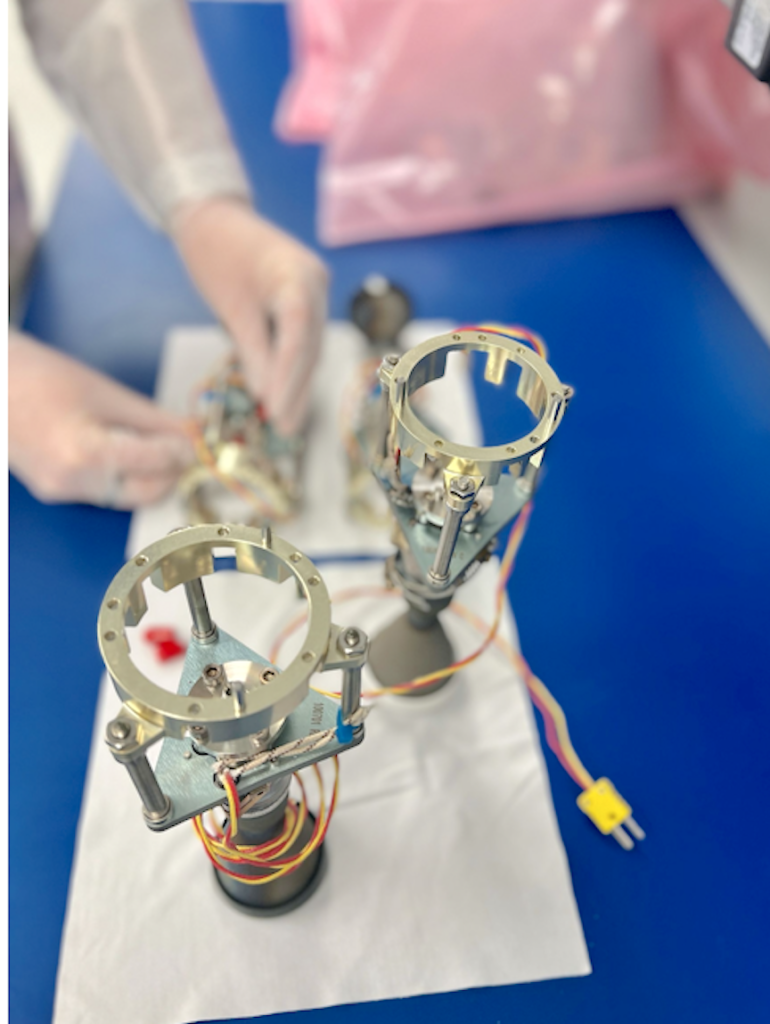
 GNC for unprecedented operational versatility aboard cubesats, microsats and ESPAs powered by its Halcyon chemical and new Xantus electric metal plasma thruster (MPT) propulsion systems ‚ as well as complementary thrusters and positioning subsystems.
GNC for unprecedented operational versatility aboard cubesats, microsats and ESPAs powered by its Halcyon chemical and new Xantus electric metal plasma thruster (MPT) propulsion systems ‚ as well as complementary thrusters and positioning subsystems.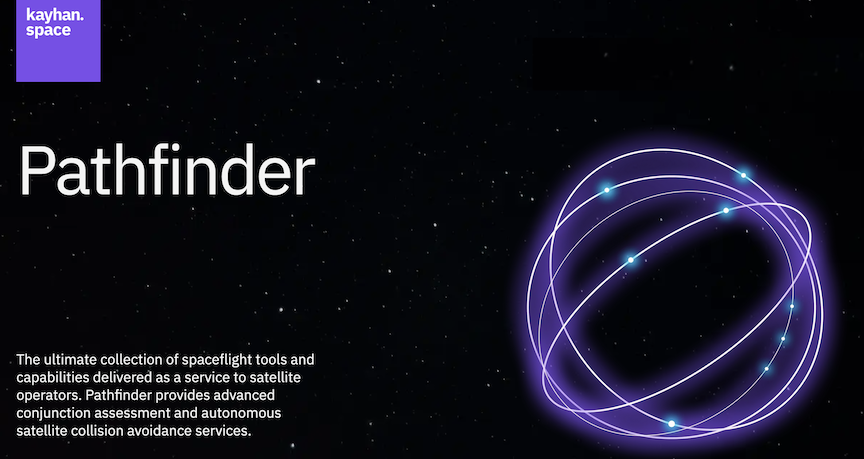
 spaceflight safety capabilities that deliver real-time conjunction alerts to satellite operators who can instantly review options for collision avoidance and other on-orbit maneuvers.
spaceflight safety capabilities that deliver real-time conjunction alerts to satellite operators who can instantly review options for collision avoidance and other on-orbit maneuvers. 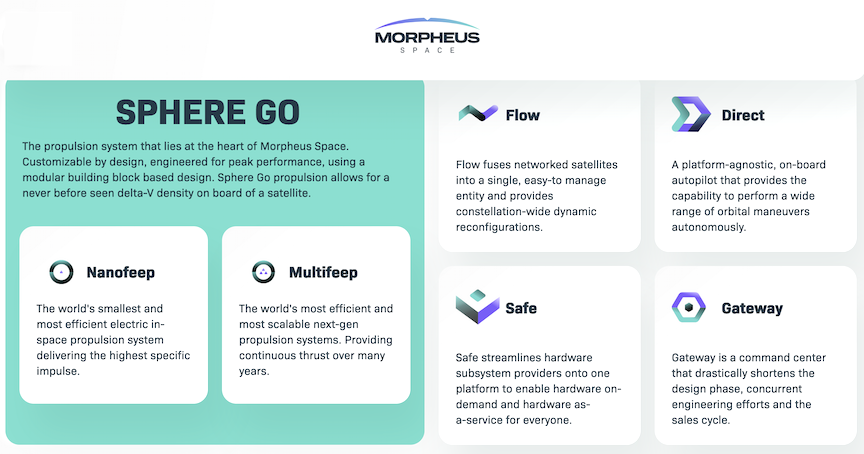


 Solar Arrays. NASA selected SunRISE for development in 2020 as part of its Heliophysics Explorer program that aims to study space weather.
Solar Arrays. NASA selected SunRISE for development in 2020 as part of its Heliophysics Explorer program that aims to study space weather.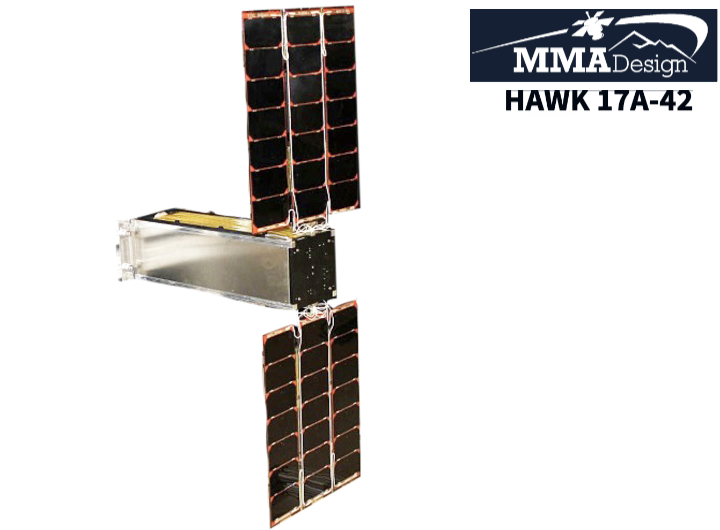


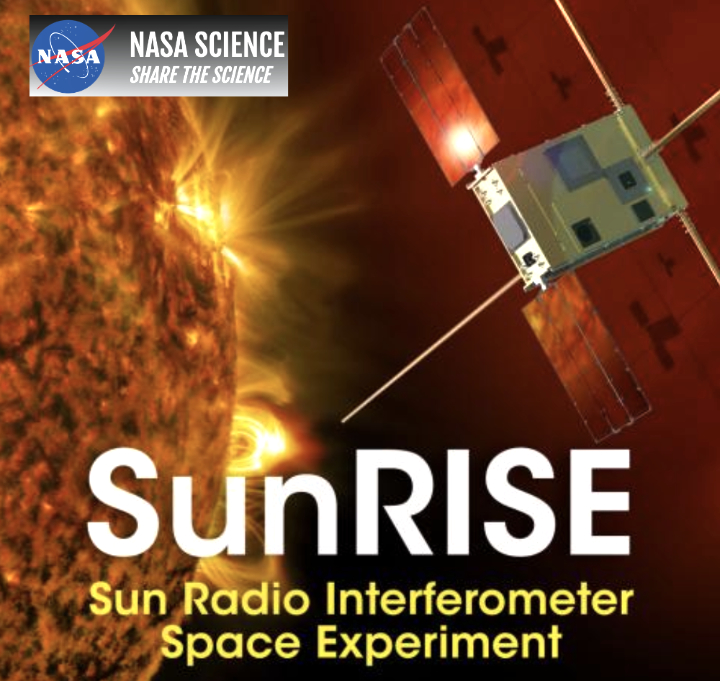
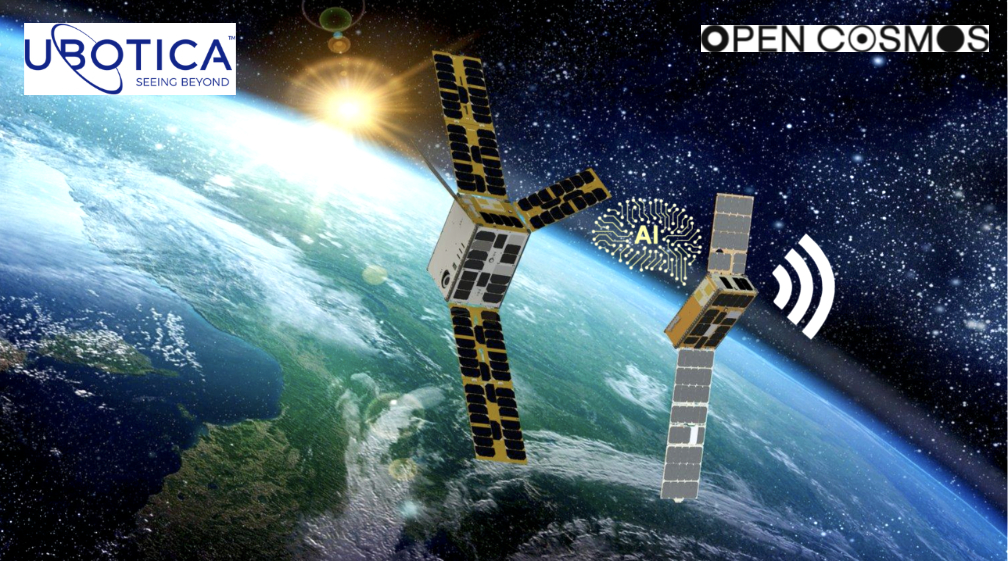
 and
and 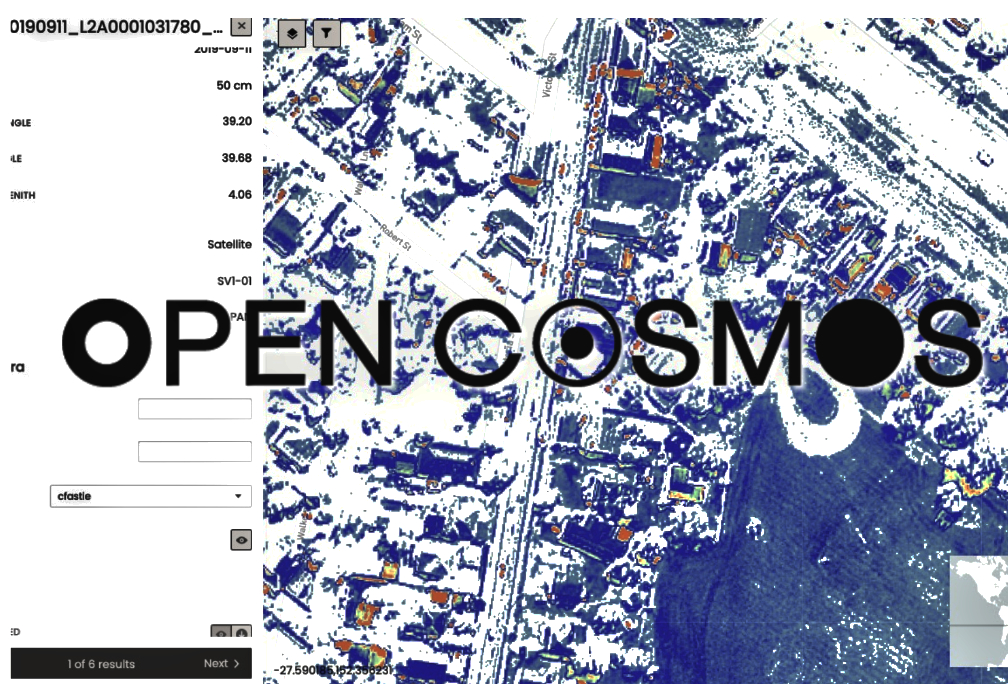


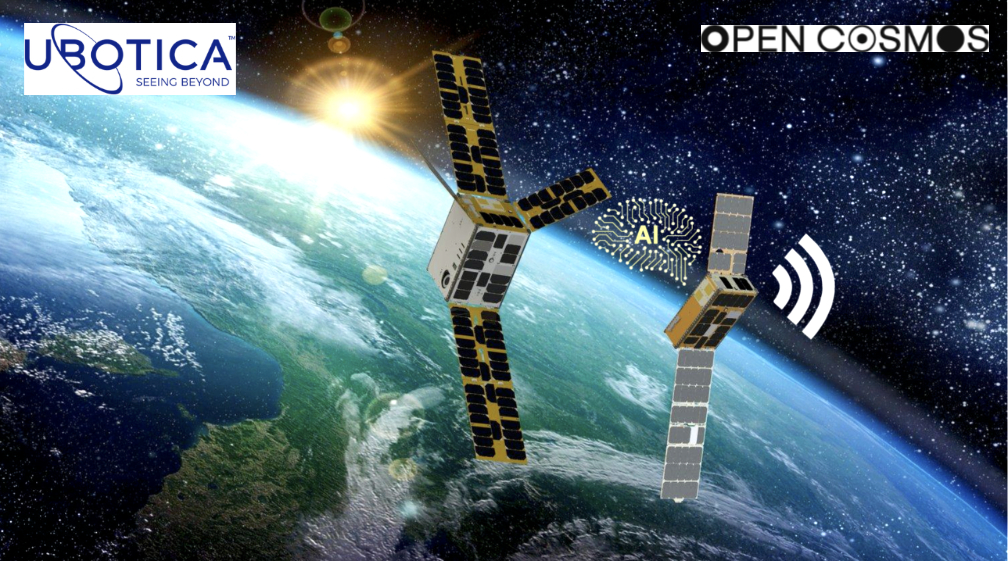
 and
and 